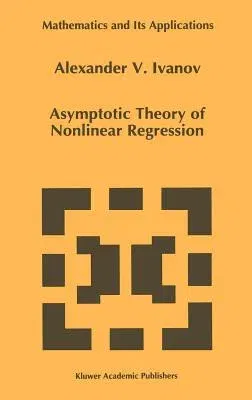A a Ivanov
(Author)Asymptotic Theory of Nonlinear Regression (1997)Hardcover - 1997, 30 November 1996

Qty
1
Turbo
Ships in 2 - 3 days
In Stock
Free Delivery
Cash on Delivery
15 Days
Free Returns
Secure Checkout

Part of Series
Mathematics and Its Applications
Part of Series
Nonconvex Optimization and Its Applications
Part of Series
Mathematics and Its Applications (Closed)
Print Length
330 pages
Language
English
Publisher
Springer
Date Published
30 Nov 1996
ISBN-10
0792343352
ISBN-13
9780792343356
Description
Product Details
Author:
Book Edition:
1997
Book Format:
Hardcover
Country of Origin:
US
Date Published:
30 November 1996
Dimensions:
23.39 x
15.6 x
2.06 cm
ISBN-10:
0792343352
ISBN-13:
9780792343356
Language:
English
Location:
Dordrecht
Pages:
330
Publisher:
Series:
Weight:
653.17 gm